Colorfulness
Node.js implementation of colorfulness using node-opencv binder for OpenCV.
Related research studies
- From Rubner 2000, EMD is a good way to compare 2 images
- From Datta 2006 has used a "perfectly colored" image BGR distribution to compare image with EMD This is what they called the colorfulness measure.
Prerequisites
You will need to make node-opencv work on your local machine, so havind, opencv, node, npm.
Histograms calculation
Which image is the most colorfull ? This library will give you the answer in node.js !
Pre-requisites
- opencv
Installation
npm install colorfulnessExample
var colorfulness = ; ; // or with open cv lib var cv = ;cv Test
npm testResults
Images
| File | Image | Colorfulness |
|---|---|---|
| mona.png | 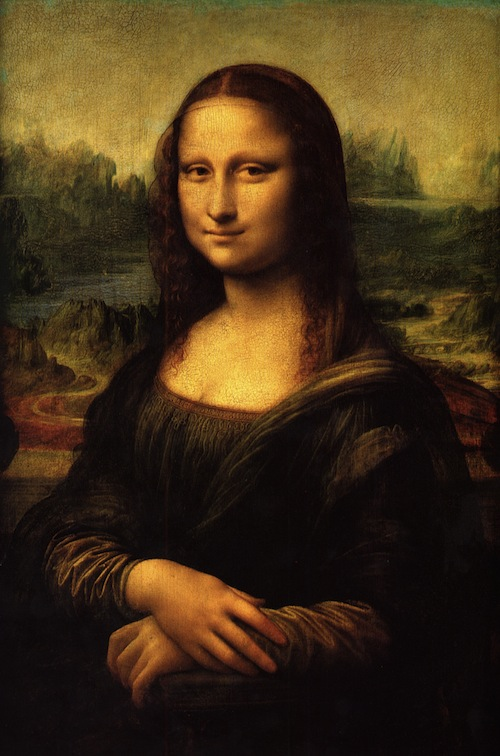 |
60% |
| car1.jpg |  |
69% |
| stuff.png |  |
72% |
| neutral.png | 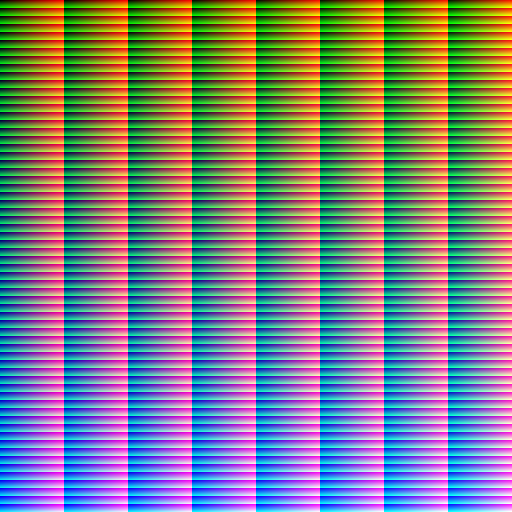 |
100% |
| amaro.png | 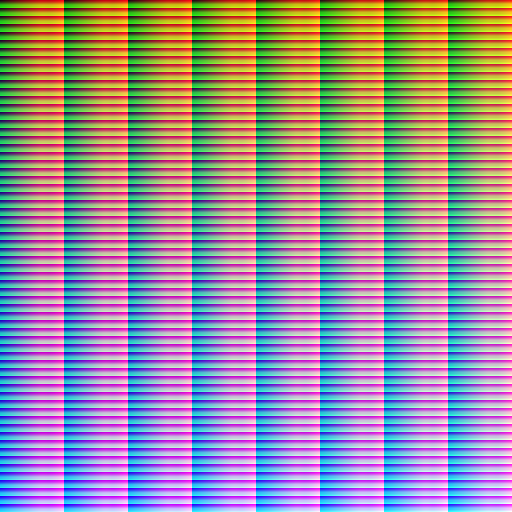 |
90% |
| FFFFFF.png |  |
56% |
| 000000.png | 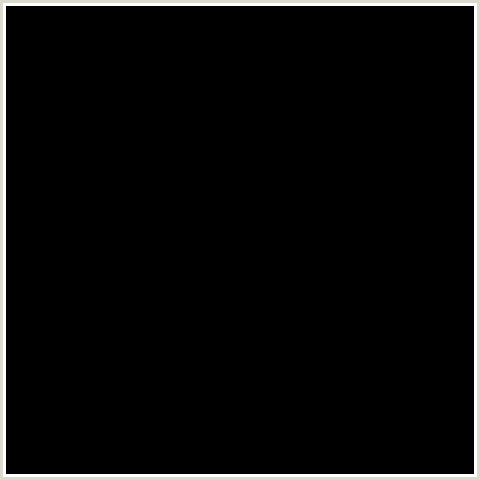 |
49% |
| 00FFFF.png | 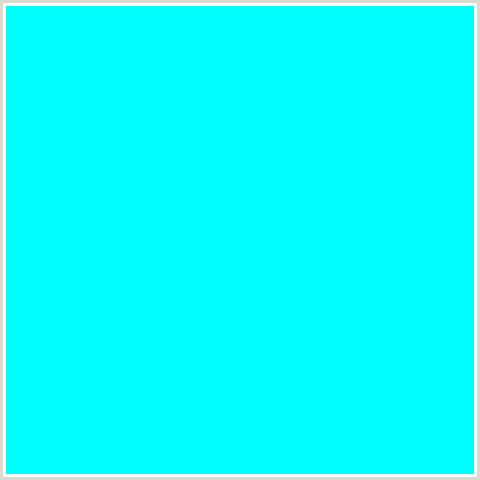 |
57% |
Non-symetric of measure in BGR space
Remark : FFFFFF.png (white image) is more colorful than 000000.png (black image), it is because the cost function is done in the "LUV" color space.
To understand this, let's consider BGR-centers distance cost matrix in LUV_L2 distance space. To simplify my explanation i will use 2x2x2 = 8 BGR cubes (instead of 64 as used in the code);
Cubes centers are
| Cube number | BGR center position | LUV center position |
|---|---|---|
| cube 0 | [64,64,64] |
[69,97,139] |
| cube 1 | [64,64,192] |
[117,166,160] |
| cube 2 | [64,192,64] |
[176,57,211] |
| cube 3 | [64,192,192] |
[193,100,212] |
| cube 4 | [192,64,64] |
[90,92,46] |
| cube 5 | [192,64,192] |
[128,136,68] |
| cube 6 | [192,192,64] |
[182,61,129] |
| cube 7 | [192,192,192] |
[198,97,139] |
Matrix of distance in LUV space is looks like :
| cube 0 | cube 1 | cube 2 | cube 3 | cube 4 | cube 5 | cube 6 | cube 7 | SUM | |
|---|---|---|---|---|---|---|---|---|---|
| cube 0 | 0.00 | 0.44 | 0.69 | 0.74 | 0.49 | 0.51 | 0.61 | 0.66 | 4.14 |
| cube 1 | 0.44 | 0.00 | 0.69 | 0.58 | 0.71 | 0.50 | 0.65 | 0.55 | 4.12 |
| cube 2 | 0.69 | 0.69 | 0.00 | 0.24 | 0.97 | 0.87 | 0.42 | 0.44 | 4.31 |
| cube 3 | 0.74 | 0.58 | 0.24 | 0.00 | 1.00 | 0.83 | 0.47 | 0.37 | 4.23 |
| cube 4 | 0.49 | 0.71 | 0.97 | 1.00 | 0.00 | 0.32 | 0.65 | 0.73 | 4.87 |
| cube 5 | 0.51 | 0.50 | 0.87 | 0.83 | 0.32 | 0.00 | 0.57 | 0.55 | 4.14 |
| cube 6 | 0.61 | 0.65 | 0.42 | 0.47 | 0.65 | 0.57 | 0.00 | 0.21 | 3.58 |
| cube 7 | 0.66 | 0.55 | 0.44 | 0.37 | 0.73 | 0.55 | 0.21 | 0.00 | 3.51 |
So pure "cube 0"-distribution (corresponding to FFFFFF image) will not be symetric with "cube 7"-distribution (corresponding to 000000 image).
Pure "cube 4"-distribution (corresponding to 00FFFF image), is even more colorful.